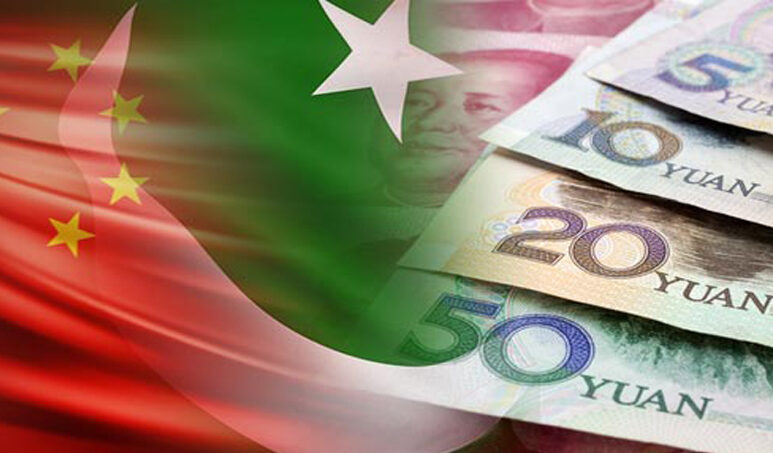In a notable development reflecting its ongoing efforts to stabilise a fragile economy, Pakistan has formally requested China to expand an existing currency swap line by an additional 10 billion yuan (approximately $1.4 billion) while simultaneously preparing to launch its first-ever Panda bond, according to statements by Finance Minister Muhammad Aurangzeb during the IMF and World Bank spring meetings in Washington.
Pakistan currently holds a 30 billion yuan swap line with China. Minister Aurangzeb confirmed that Islamabad has officially sought an enhancement to 40 billion yuan, stating, “From our perspective, getting to 40 billion renminbi would be a good place to move towards… we just put in that request”.
Concurrently, Pakistan is advancing plans to enter China’s domestic bond market through a Panda bond issuance a strategic move aimed at diversifying its sources of external financing. Discussions with the Asian Infrastructure Investment Bank (AIIB) and Asian Development Bank (ADB) are reportedly at a constructive stage, with the two multilateral lenders expected to provide credit enhancements for the proposed bond offering. The government aims to complete its first issuance within the 2025 calendar year.
The Panda bond in Chinese yuan terms would be Pakistan’s entry into an expanding list of emerging markets looking eastward for debt funding options. China has been increasingly marketing such products and swap agreements to nations like Argentina and Sri Lanka.
The move comes at a time when Pakistan faces mounting fiscal and external vulnerabilities. In addition to seeking support from China, Pakistan anticipates the International Monetary Fund (IMF) Executive Board’s approval in early May for a $1.3 billion climate resilience loan agreement. The same review will also evaluate progress under the existing $7 billion IMF bailout package. A positive outcome would unlock an immediate $1 billion tranche a critical infusion to shore up dwindling reserves.
Tensions between India and Pakistan, following the killing of 26 individuals at a tourist site earlier this month, have further complicated Pakistan’s external environment. In the aftermath, Islamabad closed its airspace to Indian airlines and suspended bilateral trade, while New Delhi responded by freezing the landmark 1960 Indus Waters Treaty. Minister Aurangzeb acknowledged that escalating tensions were “not going to be helpful” for Pakistan’s economic outlook.
Trade between the two neighbours had already declined sharply, amounting to just $1.2 billion in 2024.
Despite the prevailing economic and geopolitical headwinds, Pakistan’s Finance Ministry forecasts a GDP growth of around 3% for the fiscal year ending June 2025, with ambitions to scale up to 4–5% in 2025–26 and 6% over the medium term.
As Pakistan looks east for solutions, India’s economic planners and analysts are watching closely. New Delhi has historically maintained a cautious stance on China’s increasing financial footprint in South Asia, especially as it pertains to instruments like currency swap lines and local-currency-denominated bonds, which can deepen strategic dependencies.
Though Pakistan’s initiation in Panda bond market could provide temporary liquidity relief, its long-term effects such as vulnerability to currency risks and political connections will also continue to be the focal point of regional strategic attention.
Also Read: India Trade Ban Threatens Pakistan’s Medicine Supply Chain























